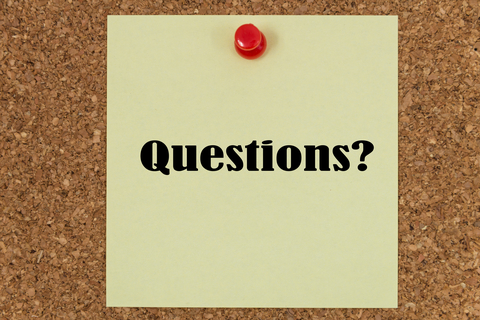If you’ve been keeping up with the Google Display Network (GDN), then you’ve undoubtedly encountered AdWord’s new responsive ads.
As with any major AdWords change, our clients have had lots of questions about the new ad offering. And there seems to be a lot of confusion about the details.
Therefore, I’ll use this post to address some of the most common questions we’ve been asked.

Q: What are responsive ads?
In January, Google discontinued text ads within GDN campaigns and replaced them with “responsive” ads.
Similar to a responsive website, responsive ads automatically adjust the ad size, appearance and format to fit available ad space.
This saves advertisers from having to create multiple ad versions and gives Google more flexibility in ad placement.
As stated in the AdWords help file:
With [the] text and images you enter, AdWords automatically generates your ad as ad spaces become available. Responsive ads can show as almost any size text, image, or native format.
What does a responsive ad look like? Here’s one example:
 And another:
And another:

We’ve heard a lot of complaints from clients about the look of responsive ads. (And admittedly, we’re not very happy with them either.)
We find they don’t usually look as nice as our display ads, for example:

Unfortunately, we don’t have as much control over responsive ads as we do display ads, especially in terms of appearance.
Q: What visuals do you need to set up responsive ads?
With responsive ads, you only need images for visuals. You don’t need a complete ad, with a logo and call to action buttons, as you do for display ads.
Instead, you upload the images—and Google puts the ad together (with the logo and call to action) on the fly.
To get started, you need one image in both a landscape and square format. You can use the same image for both formats, or you can use a different image for each.
Your landscape image should have a ratio of 1.91:1. The size must be greater than 600 x 314. The recommended size is 1200 x 628.
Your square image should have a ratio of 1:1 (naturally). Image size must be greater than 300 x 300. Recommended size is 1200 x 1200.
File size limit is 1 MB.
For more details on image requirements, see the AdWords help file.
Q: What about our logo?
Your logo should be square and sized at 128 x 128 or greater. Recommended size is 1200 x 1200.
A transparent background is best. File size limit is 1 MB.
Q: Why am I seeing only my responsive ads and not my display ads?
Good question! We’ve been seeing the same thing. This is definitely not a popular move by Google with our clients.
So far, we’ve been encouraging clients to stick with responsive ads—at least until we can accumulate more data. Who knows, maybe responsive ads will convert better than display ads! (So far, that hasn’t been the case.)
But for clients who’re totally disgusted with the new responsive ads—and want them to impression as little as possible—we’re putting responsive ads into separate ad groups. Then, we assign the responsive ad groups much lower bids.
And consequently, these clients’ display ads are showing up more often.
Q: Why are our responsive ads displaying images of old products?!
When responsive ads rolled out, Google gave advertisers two options: either upload images (as described above) or not. But if not, and if advertisers had a legacy text ad live, Google would scrape images from the advertisers’ websites and use those.
Unfortunately, with the “scrape image” option, there’s no way of knowing what deeply buried image Google will find and use.
This is why we’ve been strongly encouraging our clients to get their images to us ASAP. And now that some of these wonky ads are showing up, clients are more motivated than ever to get those images in!
Q: Why is our logo rendering so small?
We’ve seen issues with logos rendering way too small relative to the other ad elements.
Here’s an example (we’ve circled the logo in red):

The logo is so small, it’s hardly legible (even when not blurred out!).
As far as we can tell, this isn’t the result of a mistake on the behalf of yourself or your designer. It’s just the way that Google has rendered it.
Hopefully this is something Google will address.
The Jury’s Still Out on GDN Responsive Ads
While the GDN’s new responsive ads have posed some challenges (and raised some eyebrows), we’re hoping they’ll prove to be more successful than we might predict.
But if the data comes back and responsive ads don’t convert as well as we hope— then I expect even more clients will ask us employ strategies to minimize how often they show up.
What other questions do you have about responsive ads? Let us know below and we’ll do our best to answer them.






